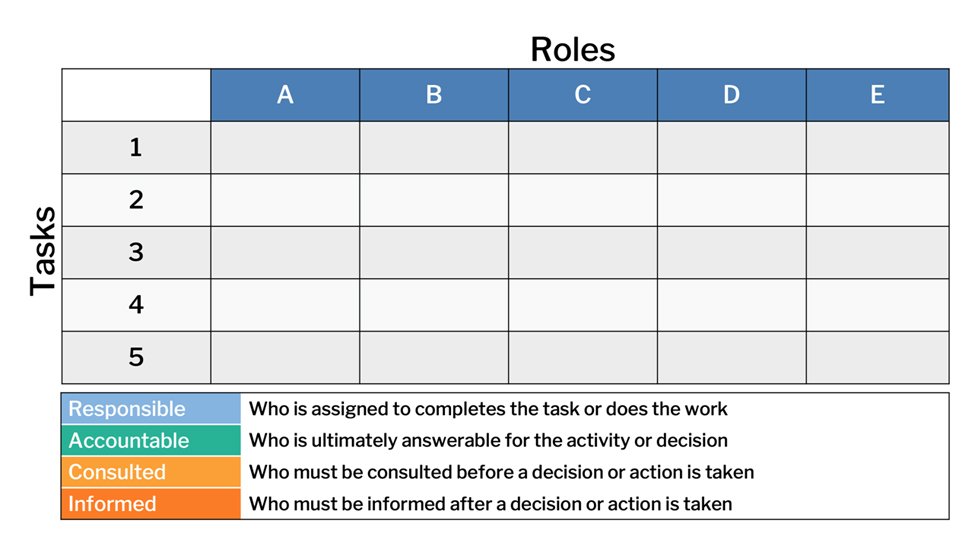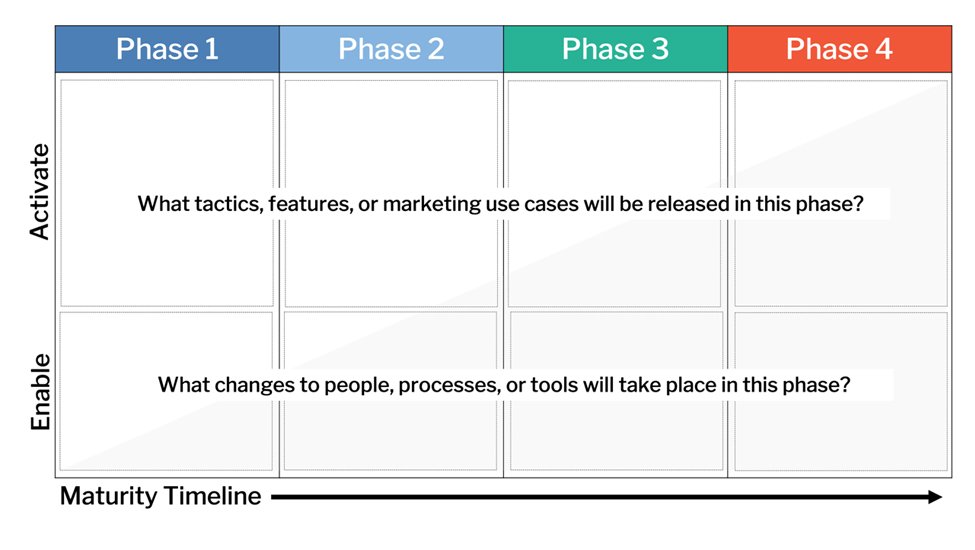
RACI Matrix Chart
Determine the level of responsibility of individuals or teams for completing the tasks involved in your project.

How do we want our digital marketing capabilities to mature over time?

Determine the level of responsibility of individuals or teams for completing the tasks involved in your project.

Plan how you will create your new product or service – diverging and converging – from start to finish.
This is a project from Kickframe – a digital marketing strategy consulting and training company.